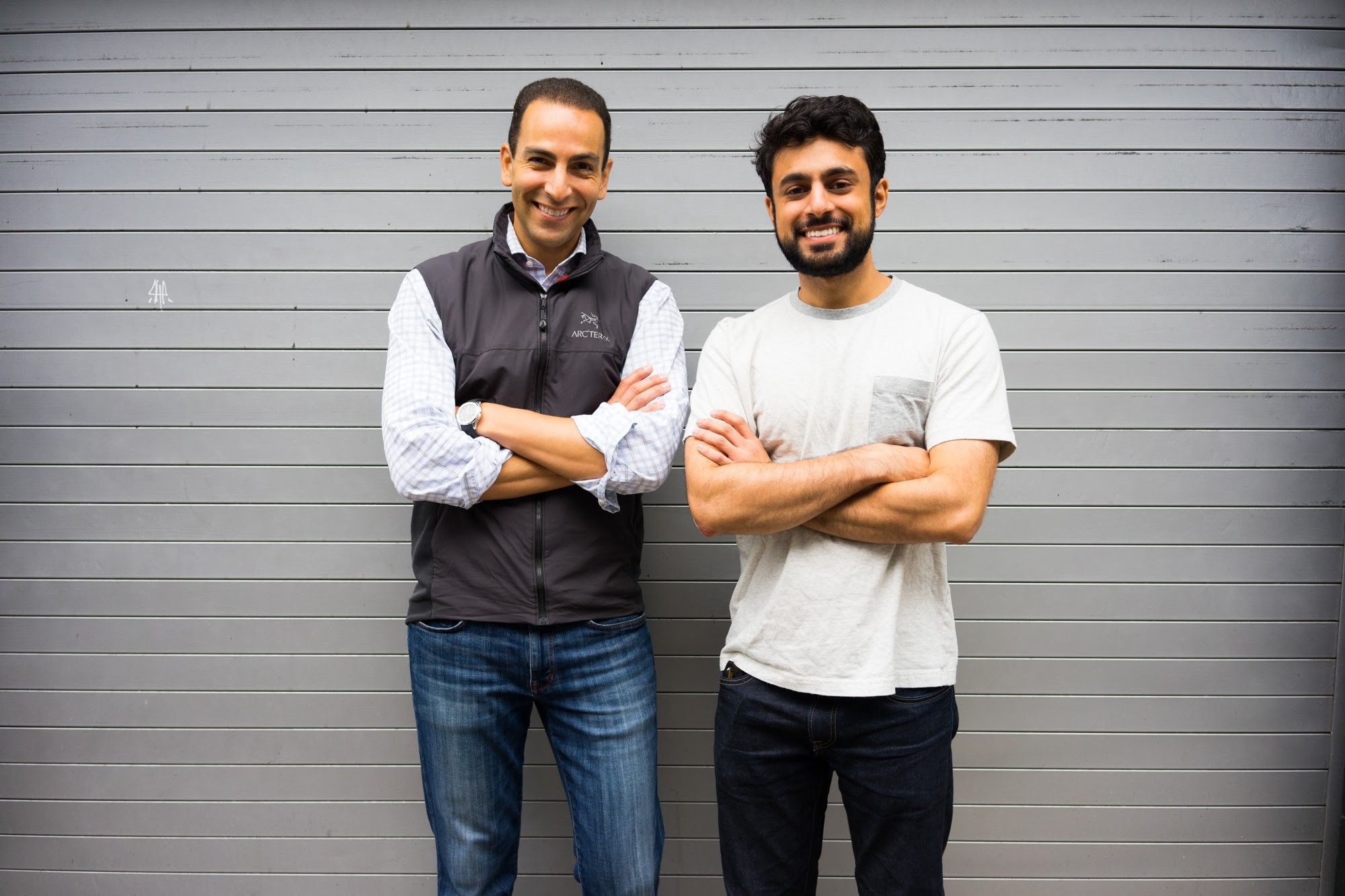Stories as multi-dimensional as our world


Akber and I first met in 1993. I was 12, he was 2. There was not an instant connection.
After that our lives continued separately but largely in parallel.
We both grew up in the Bay Area and had many of the same teachers but never overlapped in school. We both majored in political science but pursued careers that had little to do with politics.
Fast forward to 2014.
I was transitioning out of CoverHound, an insurance marketplace that I had founded and led through rapid growth and multiple rounds of venture investment. Akber had transitioned from a career in public relations to a new one as a software developer.
Late that year, Akber and I reconnected largely by chance and this time the connection was immediate.
Despite having similar backgrounds we quickly realized that we were actually very different and had very different media habits.
Yet we were both thinking about the same problem: how, given our very busy schedules, could we stay better informed about stories that matter?
Discors was born and we started building.
We partnered with the Associated Press and began to experiment with presenting the news in different ways. We tried summarizing the news, truncating it, augmenting it with Medium-style inline annotations, imitating Vox explainer decks, and more. Initial feedback showed we were onto something but that our solution wasn’t quite there yet.
Then we figured out our stories were still one dimensional, and that we were missing a key component: a community of smart people who could help us understand the day’s top news stories. We realized there already was a place where smart people were helping us understand the news: the web. The problem is that the best insights are hiding inside multiple apps and several different paywalls that add up (and never seem worth the price).
Why not tap into only the best commentary, or insights as we call them at Discors, from lots of the world’s top publications and thought-leaders, brands and people our readers already trusted, and bring them together into one platform so that our readers could more easily get the facts and also different perspectives on the news.
We needed more hands on deck and lots of great publisher partners.
Azam Malik, Akber’s older brother and an amazing designer / front-end developer, joined the team in May 2015. Now with full stack tech on the team we needed journalists who could build compelling and comprehensive stories within which the insights would live.
Serendipitously, we found Hermione Gee. She had just returned to San Francisco after five years spent reporting in Turkey, Syria, and Iraq. As a former producer for KQED’s Forum with 15 years’ experience in broadcast, digital and print media, she was the perfect woman for the job.
We snapped her up as Lead Editor this past January and she quickly built a strong team alongside her in Alex Wowra and Monica Villavicencio, both experienced journalists.
While building out the team we were also bringing on some of the biggest names in news as partners: The Economist, CNN, Bloomberg, The Guardian, Washington Post, Foreign Policy, Tribune, and many others.
Things started to click and we could see a new model emerging for keeping people informed and engaged in the way we craft stories at Discors.
For a hundred years or more, journalists, constrained by physical space in newspapers, have taken complex multi-dimensional stories and flattened them into articles. Things aren’t that different on the web today.
Traditional news articles are good for getting across the who, what, where, when of a story but largely lack depth and are one-size fits all. Throwing in some images and a video alone is not the answer.
What’s missing are perspectives. And the more the better.
At Discors, insights restore the multi-dimensionality of story for our readers. Articles come alive.
Our Syrian Civil War story includes insights from D.C. pundits AND journalists on the ground in Syria experiencing the conflict first-hand. Former U.S. military and state department leaders weigh in alongside human rights activists and aid workers.
Our Muhammad Ali story featured diverse perspectives from Michael J. Fox on Ali’s contribution to the fight against Parkinson’s to Jesse Jackson on Ali’s contribution to Civil Rights, to Tim Dahlberg, AP’s long-time boxing writer who’s been covering Ali’s fights since 1972, on what made him tick.
140 characters or 1,400 words. Funny to dead serious. Data driven analysis to informed opinions. Insights come in all shapes and sizes but each one adds a new dimension to our stories.
Whether our readers use Discors five minutes a day or five hours a week, our mission is to inform our readers with multi-dimensional news stories.

